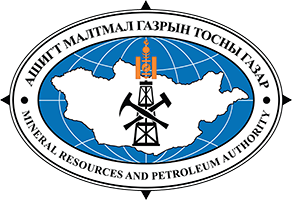Oil prices rise on tight supply worries, soft dollar supports
Oil prices have been whipsawed between concerns about supply as Western sanctions on Russian crude and fuel supplies over the Ukraine conflict have disrupted trade flows to refiners and end-users and rising worries that central bank efforts to tame surging inflation may trigger a recession that would cut future fuel demand.
$100+ Oil Is Back For The Long Haul
Monday’s higher oil prices are also being driven by a weakening U.S. dollar thanks to investors who have softened their expectations of a more aggressive approach to interest rates by the Fed next week. The U.S. dollar index fell 0.464% on Monday.
On Monday, Iraq’s oil minister told Bloomberg that oil is likely to continue trading above $100 for the remainder of this year. “I would like OPEC to retain its tools to measure and control output and maintain the existing balance,” Iraqi Oil Minister Ihsan Abdul Jabbar told Bloomberg. “We will discuss that with our partners.”
The Organization of Petroleum Exporting Countries, led by Saudi Arabia, has been working with Russia and other producers to gradually restore supply as economies and energy demand rebounded from the Covid-19 pandemic. OPEC+ will roll back all of its production limits by the end of August, while its current agreement to work together runs through the end of this year.
Oil jumped above $100 a barrel after Russia’s February invasion of Ukraine, with Brent surging to near $140 in March as traders
https://oilprice.com/Latest-Energy-News/World-News/100-Oil-Is-Back-For-The-Long-Haul.html, https://www.bloomberg.com/news/articles/2022-07-18/iraq-oil-minister-sees-crude-over-100-a-barrel-for-rest-of-year
